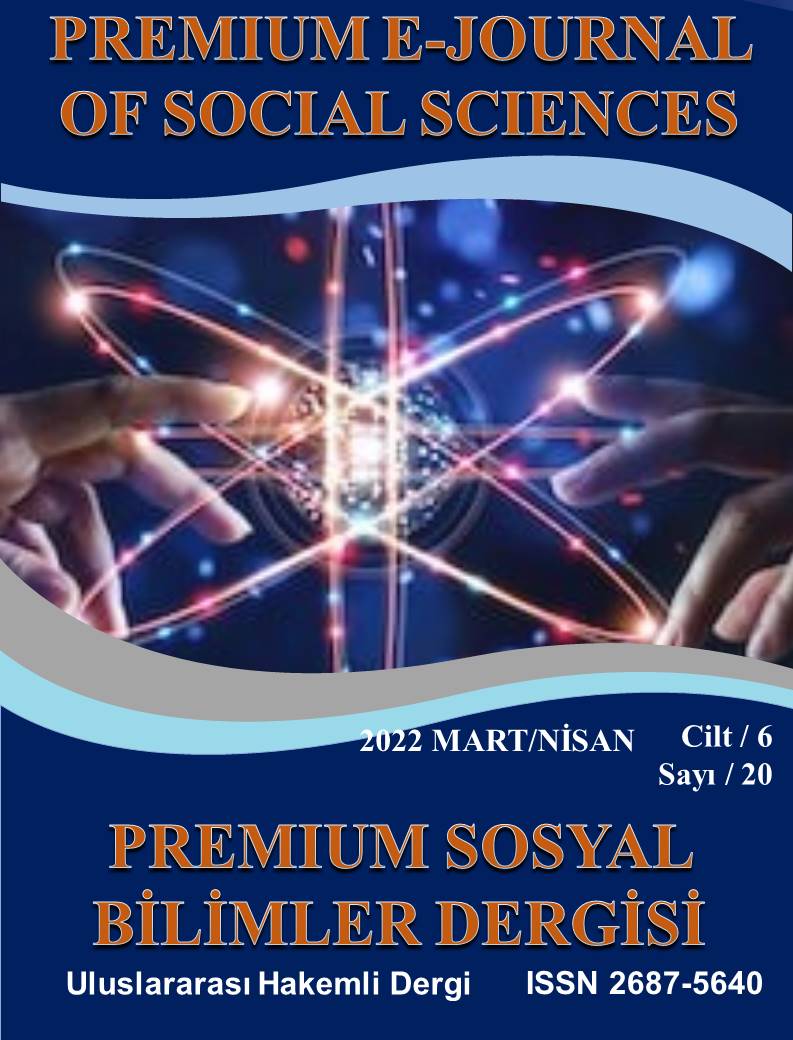TWO WOODEN MOSQUES IN KASTAMONU / INEBOLU
DOI:
https://doi.org/10.37242/pejoss.2229Keywords:
Wooden Mosque, “Çanti” Type Mosque, Survey, Conservation, IneboluAbstract
As the most used material with stone in the construction of traditional structures, wood can also be used alone in building construction. Mosques and/or prayer rooms are among the primary buildings built using only wooden materials. It is possible to see wooden mosques built on a small scale, especially in rural areas. The region where such structures are the most common is the Black Sea region, where wood can be obtained easily and inexpensively. In the region, it is usually seen the type in which wood is covered by using it as a carcass. In addition, the “canti” type structure system is also seen, which is constructed by opening notches at the ends of the wood and locking them to each other. Such mosques, which can also be seen extensively in the province of Kastamonu, Turkey, are in the process of rapid deterioration and destruction due to poor maintenance, abandonment due to being in remote rural areas, and atmospheric conditions. For this reason, the study aims to document the wooden mosques in two villages in the Inebolu district of the province of Kastamonu, in order to determine their architectural characteristics and to convey these characteristics to future generations. The measurement of mosques was made by classical surveying methods and photographed and documented in detail. Detailed information about mosques was given and drawings were made in scale and their characteristics were described. Their different construction systems and ensuring the continuity of mosques of both types is the main purpose of the selection of these mosques. Although there are studies carried out in different mosques in the region, there are no mosques that have been fully and definitively surveyed. This is among the unique contributions of this research.
Downloads
Downloads
Published
How to Cite
Issue
Section
License
Copyright (c) 2022 Premium e-Journal of Social Science (PEJOSS)

This work is licensed under a Creative Commons Attribution 4.0 International License.


